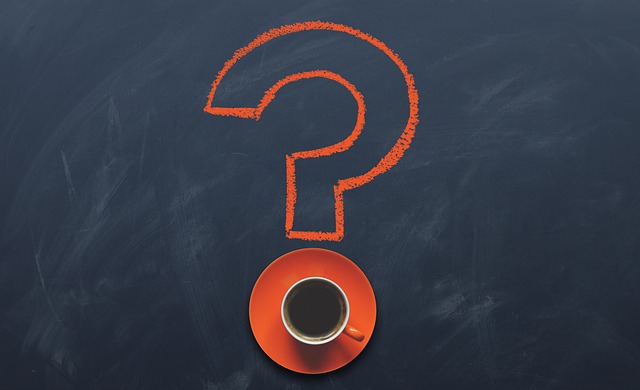Introduction: The Immunotherapy Resistance Puzzle
Cancer immunotherapy represents a major leap forward, offering lasting hope for many patients. Yet, a significant challenge remains: many patients either don't respond (primary resistance) or stop responding over time (acquired resistance). Solving this resistance puzzle is critical. This article delves into the crucial role of cellular messengers called Extracellular Vesicles (EVs), specifically how changes in their uptake by immune cells contribute to immunotherapy failure.
Extracellular Vesicles: Tiny Couriers with Big Consequences
Think of Extracellular Vesicles (EVs) as nanoscale packages sent between cells. These vesicles, released by nearly all cell types, carry important cargo like proteins, lipids, and genetic material (mRNA, microRNA). Cancer cells exploit this system, releasing EVs to manipulate their surroundings (the tumor microenvironment), suppress immune attacks, and even promote spread (metastasis). How recipient cells, especially immune cells, take up these EVs is a pivotal step. Dysfunctional EV uptake mechanisms can cripple immune responses and fuel resistance to immunotherapy.
How Altered EV Uptake Fuels Immunotherapy Resistance

Cancer employs several tactics to manipulate EV uptake and thwart immunotherapy:
- **EV Surface Changes:** Altered 'address labels' (surface molecules like integrins) on EVs affect how immune cells recognize and internalize them, potentially favoring uptake of immune-suppressing EVs.
- **Hijacked Immune Cell Machinery:** Cancer signals can interfere with the immune cell's 'receiving docks' (endocytic pathways), impairing beneficial EV uptake or altering how the EV cargo is processed.
- **EV Overload:** Cancer cells can flood the environment with EVs, overwhelming immune cell uptake capacity and diluting potentially helpful signals.
- **Direct Suppression via EV Cargo:** EVs can deliver immune checkpoint 'off switches' (like PD-L1) directly to immune cells upon uptake, silencing the anti-cancer attack.
# Illustrative Example: Simplified model of EV uptake kinetics
# Note: Real biological uptake is far more complex.
import numpy as np
def simplified_ev_uptake(rate_constant, ev_concentration, time):
"""Calculates theoretical uptake based on first-order kinetics."""
# k: uptake rate constant (determines speed)
# EV_concentration: available EV amount
# time: duration of exposure
uptake = ev_concentration * (1 - np.exp(-rate_constant * time))
return uptake
# Example parameters (arbitrary units for illustration)
k = 0.01 # Uptake rate constant
EV_conc = 100 # Initial EV concentration
t = 24 # Time (e.g., hours)
uptake_amount = simplified_ev_uptake(k, EV_conc, t)
print(f"Simplified theoretical EV uptake after {t} hours: {uptake_amount:.2f} units")
print("(This model doesn't account for saturation, cell differences, etc.)")Turning the Tables: Targeting EVs Therapeutically
Understanding EV-mediated resistance opens new therapeutic avenues. Strategies aim to disrupt this communication pathway:
- **Stopping EV Production:** Developing drugs that block the cellular machinery (e.g., ESCRT proteins, Rab GTPases) required for EV formation and release.
- **Blocking EV Delivery:** Using antibodies or small molecules to intercept specific cancer-derived EVs or block their uptake receptors on immune cells.
- **Reprogramming EV Cargo:** Engineering 'Trojan horse' EVs loaded with immunostimulatory molecules or drugs, designed to be taken up by specific target cells (immune or cancer cells).
Challenges and the Road Ahead
Significant research is ongoing to fully map the complex EV-immune interactions in cancer. Major hurdles include developing standardized, scalable methods for isolating and analyzing EVs, as their characteristics can vary greatly. Furthermore, rigorously testing the safety and effectiveness of EV-targeting therapies in human clinical trials is paramount. Overcoming these challenges will be key to translating our understanding of EV biology into effective strategies that boost cancer immunotherapy success.
Conclusion: EVs as a Central Player in Resistance
Altered uptake of extracellular vesicles is undeniably a key mechanism driving resistance to cancer immunotherapy. By deciphering how cancer cells manipulate EV communication – influencing their production, cargo, and uptake – we uncover promising targets. Intervening in these processes holds the potential to disarm cancer's defenses, restore immune function, and ultimately improve outcomes for patients undergoing immunotherapy.